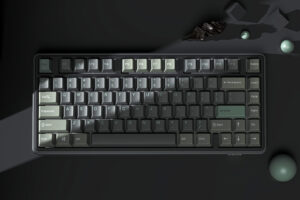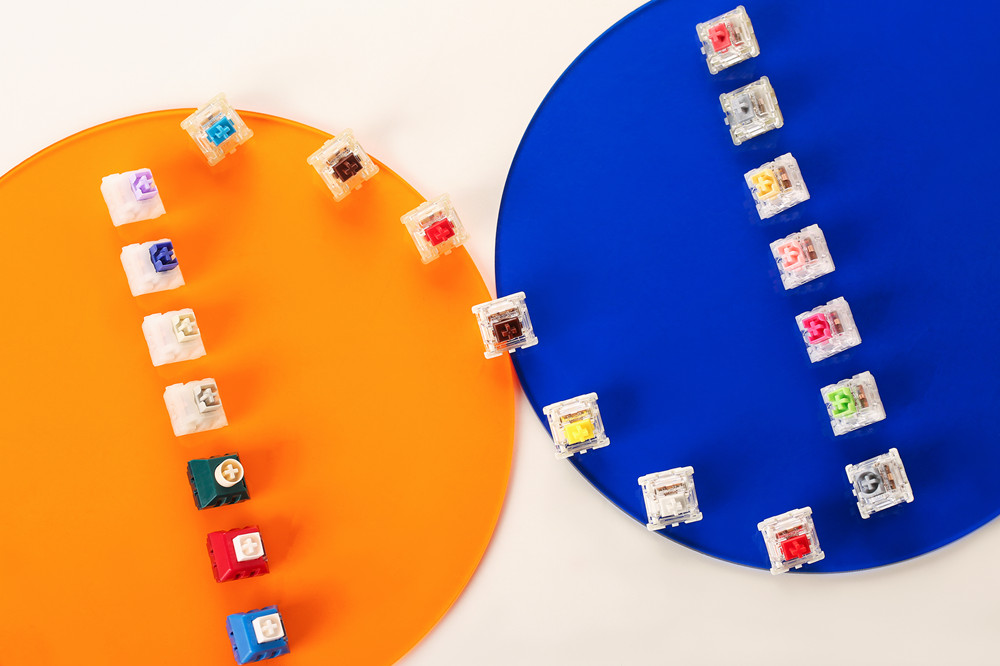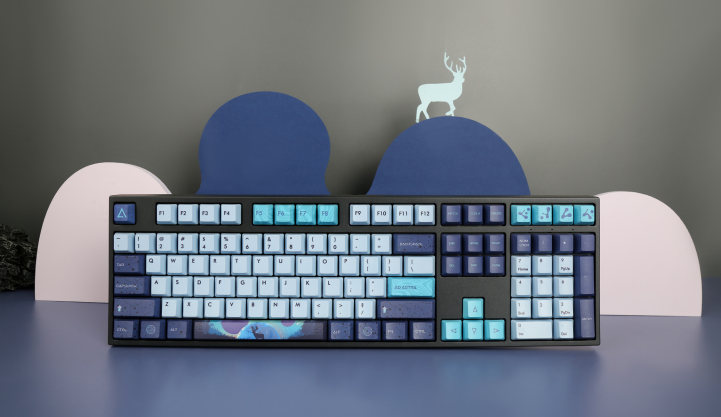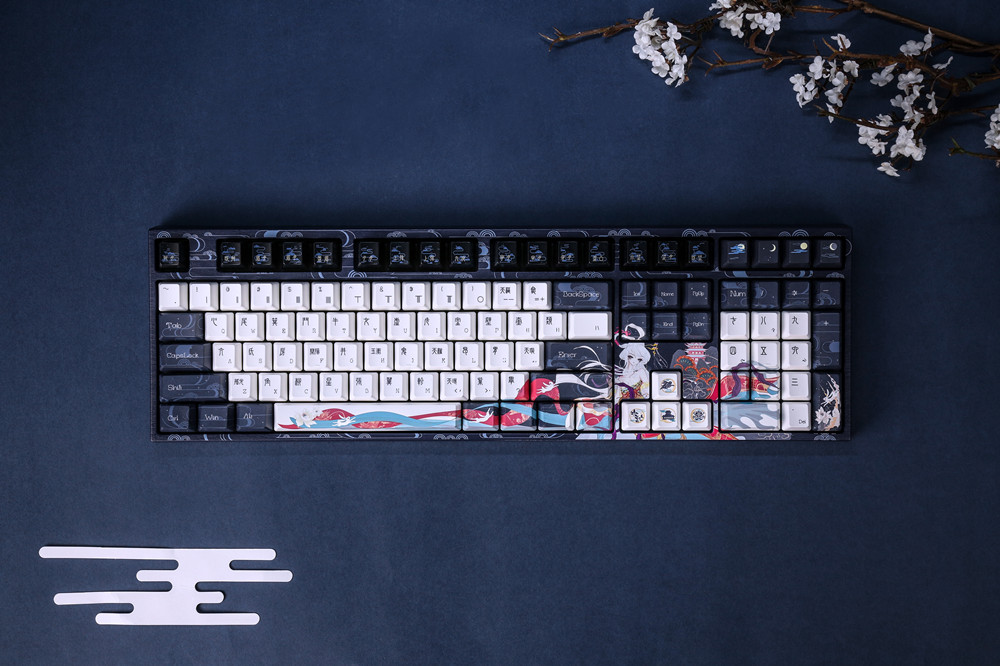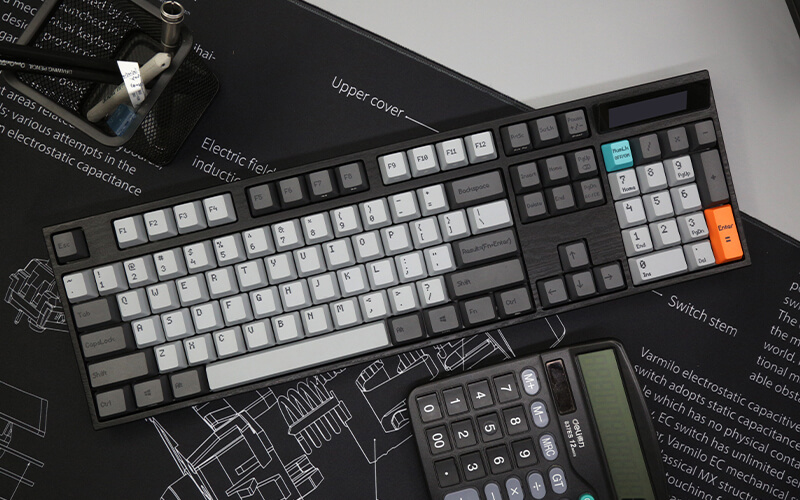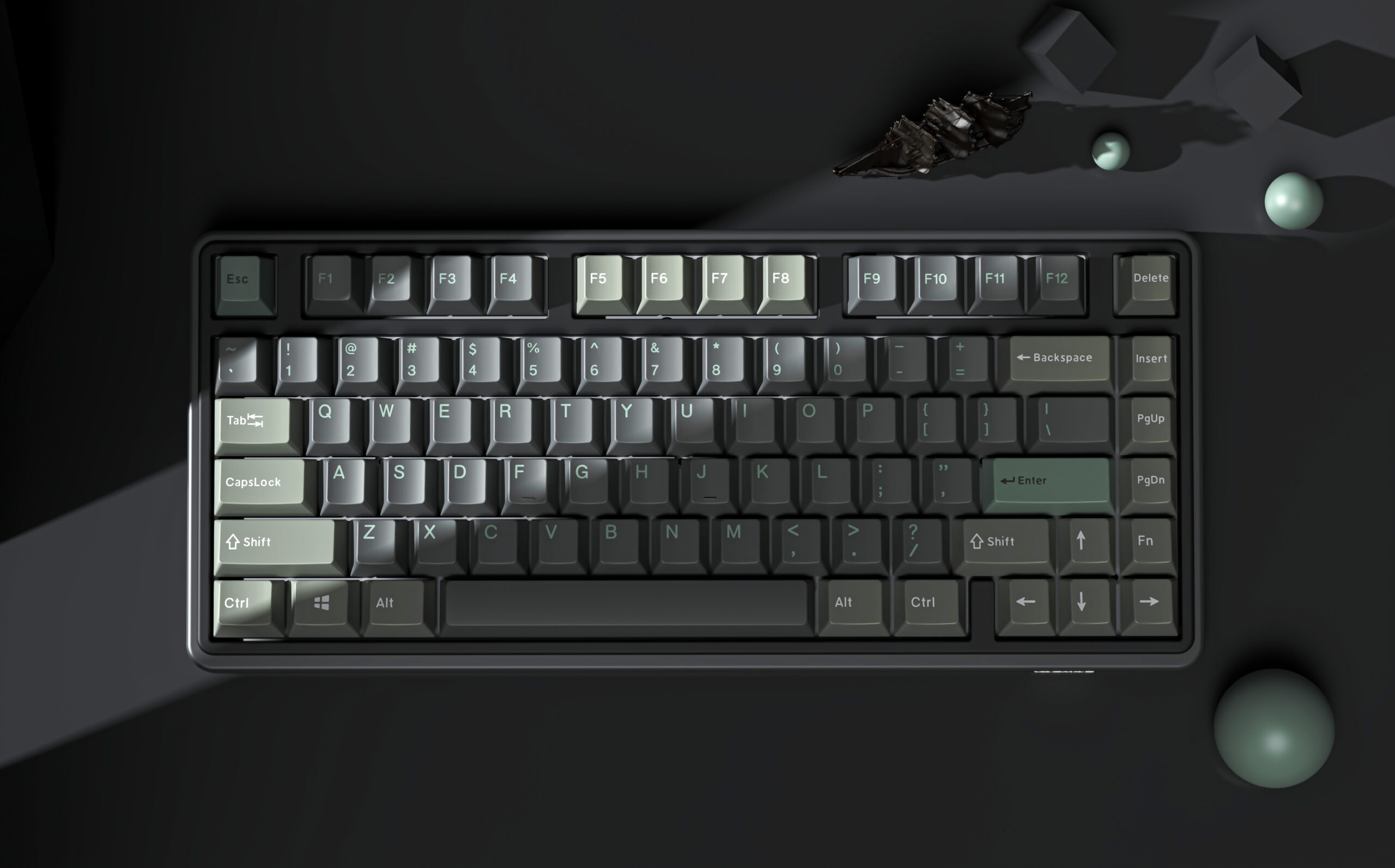Is a gaming keyboard worth it, or should you only use a regular keyboard for gaming? This is a concern that most gamers who are considering updating their keyboard have. The aim of this question is generally to determine whether a gaming keyboard is required and whether it makes a significant difference in gaming results.
To answer this question and decide which one to buy, you must first understand the differences between gaming and regular keyboards.
Gaming keyboards are designed specifically for gamers and have extra features that are uncommon in standard keyboards. RGB backlights, media controls, and programmable keys are among the features. Mechanical switches, which are more robust and responsive than membrane switches, are often used.
Can you use a Gaming Keyboard for Regular use?
Gaming keyboards work exactly like a regular keyboard does and can be used for the same purpose. You can also see all the standard functionality that you can see on a typical keyboard on a gaming computer. Although mechanical switches are commonly used in gaming keyboards, they are not limited to devices.

Mechanical Keyboard vs Membrane Keyboard
The following are the advantages of using mechanical keyboards for gaming over membrane keyboards in detail.
1. N-Key Rollover
N-Key Rollover (NKRO) refers to the ability to push any number of keys synchronously and to have all of them recorded precisely and in the correct order. NKRO is possible with mechanical keyboards since each keypress is scanned autonomously of how many other keys are held or pressed down.
Most membrane keyboards can only deliver up to a limit of around 6 key rollovers; 6 KRO means that the keyboard can accommodate up to 6 keypresses simultaneously. You don’t need an N-key rollover when performing tasks such as texting because you usually click one key after another.
But for gaming, NKRO is effective because, depending on the game, you can need to press and release those keys simultaneously while keeping others down. For example, when you do boss attacks or combos in fast-paced action games.
2. Fast Response Time
Mechanical keyboards have a somewhat lower input lag/latency of about 15-25 milliseconds relative to membrane keyboards with an average of 30 milliseconds.
While the margin is just a few milliseconds, having a longer response time means that you can respond faster than your opponent. This can make a big difference, particularly in professional sports gaming for games like CS: GO, Overwatch, and Fortnite.
3. Stability
Due to numerous individual parts that make up mechanical keyboards, they prove to be more durable and heavier than membrane keyboards. This means that even though you feel a little offensive when you play, they don’t slip around quickly.
4. Consistency of Key presses
For mechanical keyboards, you should expect immediate feedback without trying to get the bottom of it (pressing the key all the way down). This allows you to build up your muscle memory, so you can guess exactly when a keystroke has been detected.
The same can’t be said for membrane keyboards; they seem to have unpredictable actuation power, which makes it difficult to predict how hard you need to press the key until it registers.
5. Modularity and Versatility
Most of the mechanical game keyboards are interchangeable in nature. This means that you can change the same model of mechanical switches for a new type that matches your needs without having to redesign the whole keyboard. For membrane keyboards, you can’t get this kind of versatility.
The actuation intensity, the travel time, the response (linear, tactile, or clicky), and the sound made by each type of mechanical switch vary. For example, if you like audible clicks and press each keystroke hard, then the Blue Cherry MX switches are a good choice. On the other side, if you want silent switches that don’t take a lot of force to actuate, you can exchange the blue Cherry MX for the red Cherry MX switches.
You like switches with little travel distance and less actuation force for gaming. Less actuation force ensures that the fingers won’t fatigue quickly from long game hours, while a short actuation gap enables switches to register long before they go down. Modularity also enables you to pop the keycaps using a keycap remover and clean the breadcrumbs and gunk that are collected between the keys. Damaged switches may also be patched without soldering.
If you’re not sure what the switches are going to be, you should get a switch tester to get a sense of how each switch sounds before purchasing the real keyboard. If you like a certain switch but find it too distracting, you can buy o-rings that match under each key to dampen the noise.

Types of Mechanical Switches
After eventually choosing to go to a mechanical keyboard, another question normally pops up very soon: the sort of switch do you want to use? Switches are perhaps one of the keyboard’s most important parts. Two keyboards of the same style, but with different types of switches, will feel very different. Based on their characteristics, there are mainly three types of switches: linear switches, tactile switches, and clicky switches.
1. Linear switches
They’re the simplest ones. They feel the same from the moment you start pressing the key down to the bottom. When you hit the actuation point, there is no tactile feedback or loud sounds (the point where the keypress is recorded – usually somewhere in the middle). So, almost all of the time, you’re probably going to press the bottom of each key.
2. Tactile Switches
Tactile switches deliver tactile feedback when you hit the actuation point. As you press the key down, you’ll notice a small bump that lets you know that your key press has been successfully registered.
3. Clicky switches
Clicky switches provide an additional click noise when you hit the actuation point. The major benefit of tactile and clicky switches is that you will not have to push your key all the way down. You can release the key instantly after the feedback is received.
What Type of Switches do Laptops use?
Scissor switches are used by devices such as laptops and other thin keyboards. Scissor switches are made of a rubber dome that blends with a plastic mechanism. Scissor switches allow for a shorter travel distance compared to typical membrane keyboards.
Gaming keyboard Aesthetics
Keyboards for games can most also be built with improved aesthetics such as backlighting. The illumination is normally a fixed hue or an RGB that can be customized using on-board key variations or supported applications and programs.
These projects can be perfect for bringing charm to your personal office and gaming setups. Since gaming keyboards usually use mechanical switches, the keycaps are compatible with the regular key configuration. Not all game keyboards use the standard interface, but a lot of them do. Switching keycaps will allow you more control of how your system looks like.
Ergonomic Keyboards
Some keyboards that are made especially for ease when used, known as ergonomic keyboards. These keyboards come in various shapes, each built to offer the user the best possible convenience.
Keyboards built for ergonomics are not for gaming but rather for everyday use. The machines are mainly intended for professionals who spend much of their time employed in an office. Ergonomic keyboards can be both membrane and mechanical and have custom keys that differ in height, shape, and location.
Different Sized Keyboards
Keyboards can come in various kinds and sizes. That’s why you should be sure to find the right device for your needs. The three most common sizes are the typical full-size TKL and 60 percent keyboards. The bigger the keyboard, the smaller the keys they have. With fewer keys, and functionality is lost, or access to certain features is changed.

Are Varmilo Keyboards Good For Gaming?
Varmilo keyboards are rising in popularity, with gamers steadily seduced by their charms. They deliver a more comfortable feel than other types of keyboards and typically feature a variety of adjustable elements.
The Chinese keyboard maker Varmilo is known for its high product quality, which can endure even the critical eyes of enthusiasts. The Varmilo keyboard also stands out from the rest of the mechanical keyboards with its eye-catching keycaps.
This keyboard can prove to be a real gold mine, particularly for seasoned users who have already got a reputation for mechanical switches and are not deterred from using macro shortcuts or LED configurations. Varmilo pays particular attention to the inner workings and refines the typing feel with details such as shock-resistant foam matt and additionally lubricated stabilizers.
Design and ergonomics
The keyboard is a true eye-catcher with its distinctive keycaps. Arranged in a sleek 80 percent TKL style, this keyboard leaves plenty of space on the desk for spacious mouse movements. Inspired by Nordic folklore, the individual keycaps feature lovingly drawn patterns accented by contrasting colours.
Extraordinary feature set
The keyboard also offers traditional comfort features such as flexible, durable legs. They maintain ergonomic and safe placement with their rubberized frame. In particular, enthusiasts enjoy the extra lubrication of the stabilizers, which gives a characteristically fluid switching feel. The interchangeable mini-USB cable with a length of 1.5 meters, makes long-lasting use without the need for a cable split. The PBT keycaps often underscore the reference of longevity. This material is especially robust and resistant to abrasion. A special foam pad is embedded under the circuit board to dampen the main strokes, resulting in a soft typing sensation.

Varmilo EC Switches V2
The EC Switch V2 switch is easily one of the best mechanical keyboards available. It provides an outstanding typing experience, from its elegant and sturdy nature to its incredibly smooth feel and pleasing tone.
The key component of this experience is the company’s electrostatic capacitive switch, which operates by measuring the difference in electrostatic capacity instead of using physical interaction with most mechanical switches. The effect is a reliable, quick and extremely responsive transition with a potentially limitless lifetime, Varmilo says.
The EC switch V2 is currently available in three versions:
- Daisy
- Sakura
- Rose

All of which are linear. That means they’re going straight down without a press or a tactile bump. The tactile Ivy switch is in production that the manufacturer says is going to be identical to a Cherry MX Blue switch. I was testing the EC Sakura V2, which is closest to the Cherry MX Red and Speed Silver switches. The Sakura has a 45-gram actuation force with a 2-millimeter actuation point and 60 grams of force at the bottom of the 4mm actuation point. The actuation power of the EC Daisy V2 is 10gm lighter and the EC Rose V2 is 10gm heavier than the Sakura.
If you’re not used to linear switches, this could take some time to adapt because there’s no tactile feel. And the EC Sakura V2s are moving so seamlessly that, even emerging from some other linear keyboard, it took me time to adapt. Along with the smooth actuation, the keys are not wobbling at all. Even the spacebar has a strong, shake-free feel to it. They still have the most satisfying clack sound on the keys. You’ll hear a spring sound of scratching on certain electronic keyboards, but not here: it’s just a silent clack.
Last note
Gaming keyboards and standard keyboards usually work the same thing. Either it can be used for general computer use and games. Both gaming and standard keyboards can be controlled using mechanical or membrane technology. Mechanical switches, however, offer better advantages in terms of reaction time and actuation, making them more suitable for gaming keyboards. Whereas membrane switches are cheaper, making them the preferred option for standard devices.

